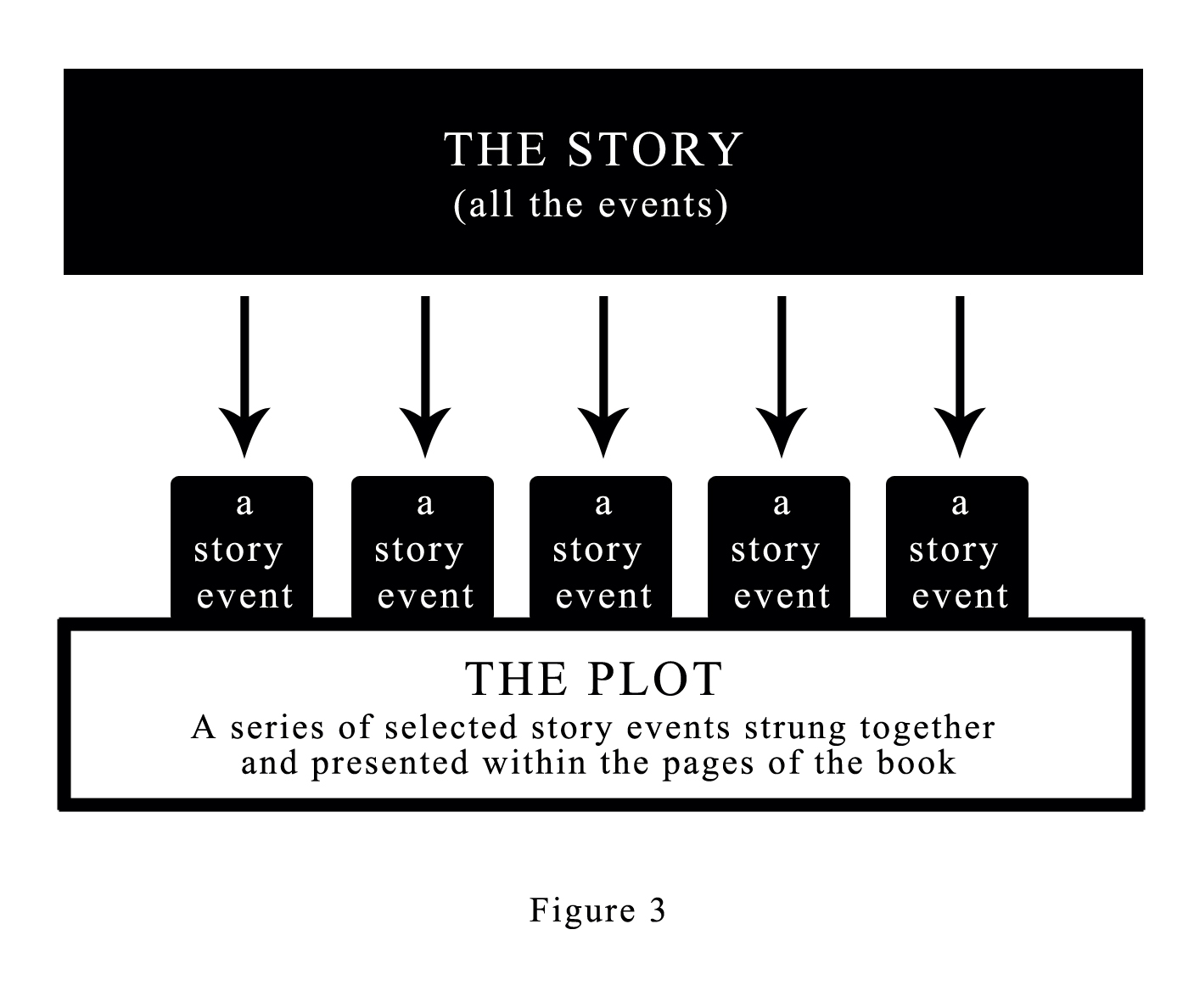- Social media are more lists than narratives, eg Twitter, Flickr, etc. They are fragments listed together, not narratives.
I think I’m beginning to understand what Adrian has been getting at for the last few weeks: that we need to shake this kind of romantic notion that everything is a story or narrative, but I still can’t seem to get over it! Jennifer Egan’s novel A Visit From The Goon Squad I would argue is a list of fragments, but I would also argue as a total these fragments come together to present a narrative. I feel is we did list all of these fragments from Twitter it would present some kind of narrative: the progression of news stories coupled with people’s reactions, etc. Would this add up to some kind of narrative? Or just a collection of the current zeitgeist? Is there a difference?
- Representation as tyranny? –> This idea fits in with Plato’s theory of representations in art which we studied earlier this semester in Philosophy/literature
- Semiotics
- The words matter more than their specific forms (although always exceptions, eg, if we were a designer clearly typography etc would matter.)
- The world exceeds us in every possibility
- Singing mice
- We need to get over ourselves
- We are not at the center = trees have rights
- Representation can only say a little bit, and in doing so represents the whole. As such representation is a tyranny.
- Because of this tyranny we keep misreading the world –> eg, digging up and burning coal because we believed the world belongs to us and is there for our use/consumption.
- Riding a bike to work = a web of lists: places, things, rules, reasonings = Adrian riding his bike to work is not the centre of the bike’s story. Every part of the network has agency.
- We can turn everything into a song, but it doesn’t follow that everything is a song. Maybe this applies to Twitter fragments… we could turn it into a narrative but it doesn’t mean it is a narrative?
- Re: Google and Korsakow = what about the ads? Where would they go and how would Google make any money?
- YouTube is old media
I found this comment from Adrian amusing because only the morning of the lecture I was listening to an interview between Jenna Marbles and Rhett and Link, both popular YouTube personalities. They were discussing TV not understanding YouTube, as exemplified with Jenna’s interview on GMA and her being described as “The Most Famous Person You’ve Never Heard Of”.
Also in the interview with Rhett and Link they discuss he being recognised over traditional TV actors. So for Adrian to say that YouTube is old when ‘traditional’ media isn’t even recognising YouTube is being ‘here’… I hate to say that it shocked me a bit! But ultimately I have to agree: afterall YouTube doesn’t rethink what video is or how we consume it.
- Cusp of media change
- Vine = fragments; Charlie bit my finger = fragment
- What do we do with the fragments? One example is Korsakow.
I’m glad Adrian brought this up as I have been questioning lately why the majority of our grade this semester revolves around a single program, and this idea that it’s simply an example of what we do with the fragments has answered this to a degree.
- Niche audiences + media users
- We can’t work on the model of traditional grand audiences: we timeshift, illegally download, etc, and we can’t make-believe that our audience won’t also do that.



